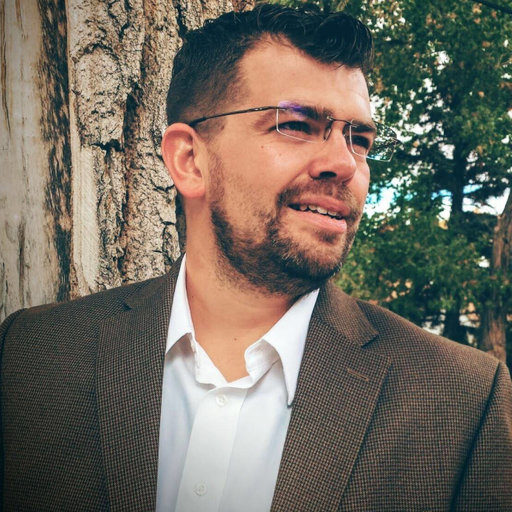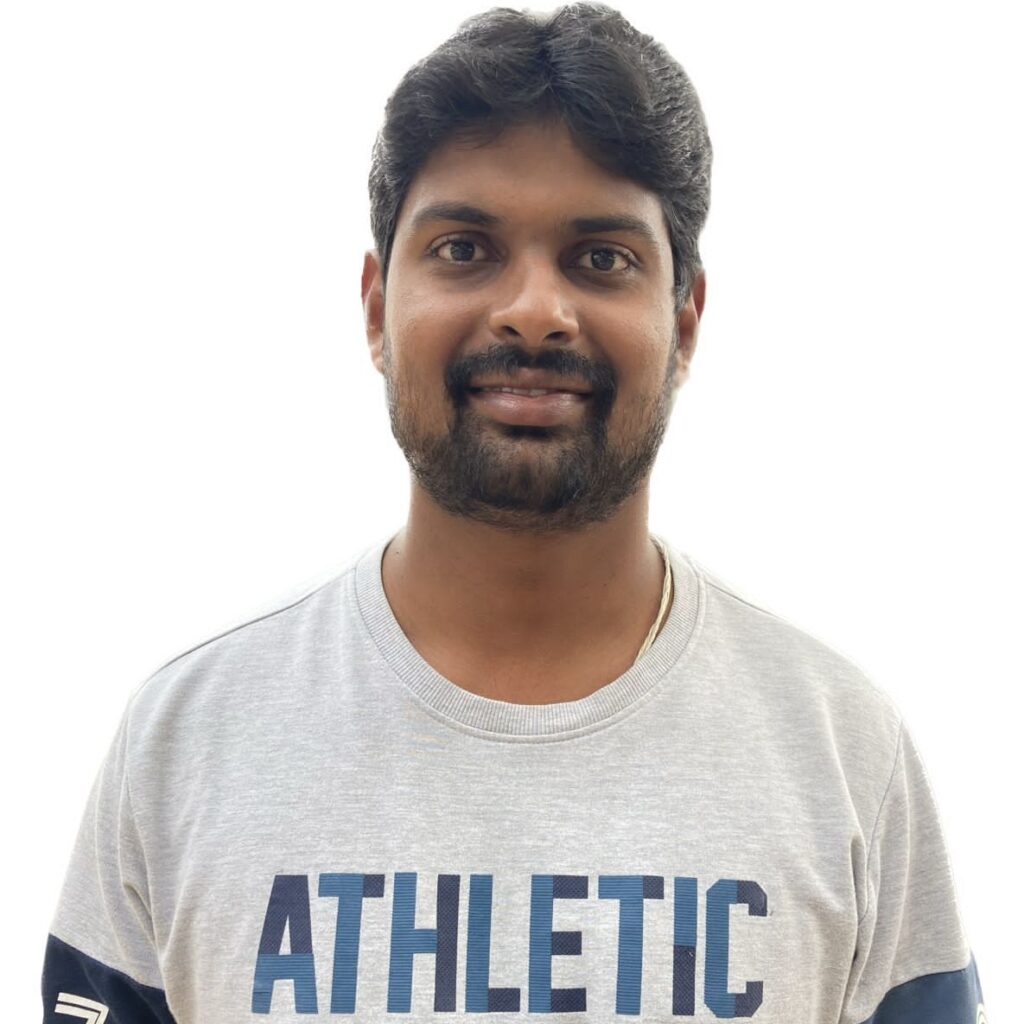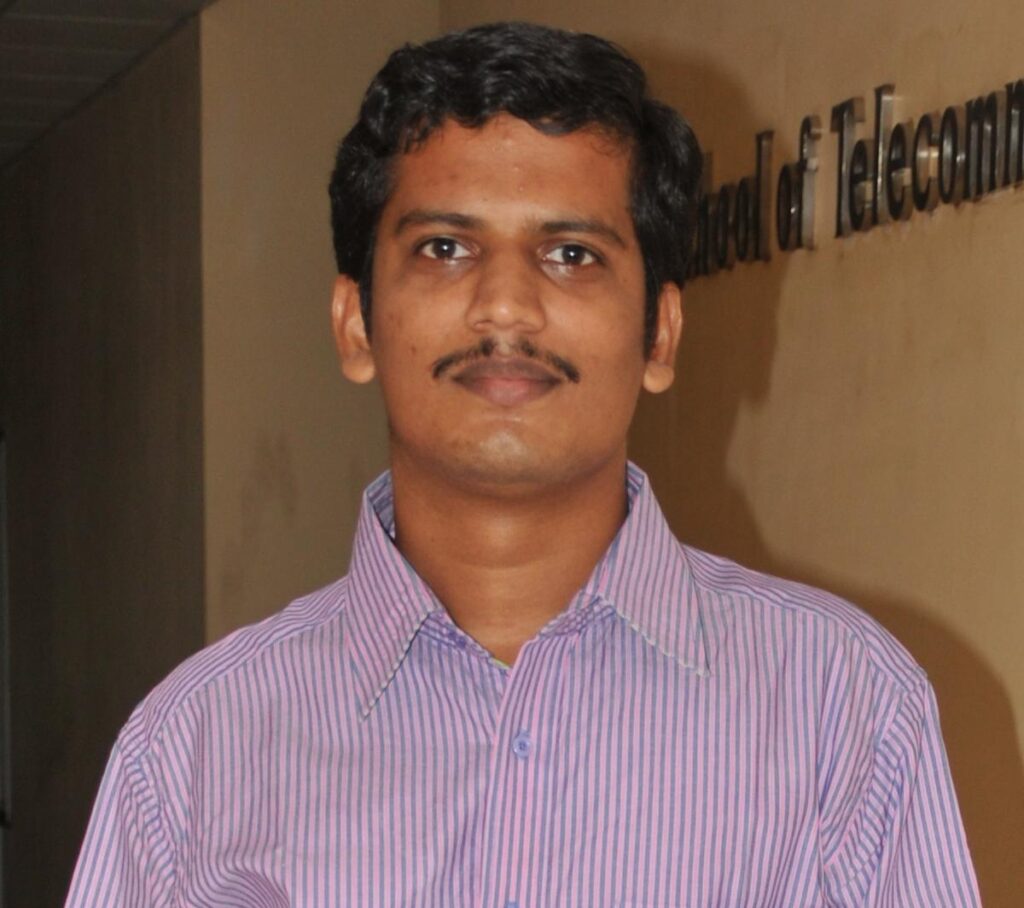Design of Quantum Circuits
Himanshu Thapliyal1 and Edgard Muñoz-Coreas2
1Department of Electrical Engineering and Computer Science, University of Tennessee, Knoxville, USA
2Department of Electrical Engineering, University of North Texas, Denton, USA
Abstract
Quantum computers offer the potential to extend our abilities to tackle computational problems in fields such as number theory, encryption, search and scientific computation. Up to a superpolynomial speedup has been reported for quantum algorithms in these areas. Motivated by the promise of faster computations, the development of quantum machines has caught the attention of both academics and industry researchers. Quantum machines are now at sizes where implementations of quantum algorithms or their components are now becoming possible. In order to implement quantum algorithms on quantum machines, resource efficient circuits and functional blocks must be designed.
This tutorial will cover the following:
1. Introduction and Background on Quantum Computing
2. Quantum Circuits for Galois Field Squaring and Exponentiation
3. Quantum Circuit Design of Arithmetic Circuits
4. Quantum Circuits for Image Processing
5. Concluding Thoughts
Speaker Biography

Himanshu Thapliyal received the Ph.D. degree in computer science and engineering from the University of South Florida, Tampa, FL, USA, in 2011, where he received the “Distinguished Graduate Achievement Award.” He is currently an Associate Professor with the Department of Electrical Engineering and Computer Science, University of Tennessee, Knoxville, TN, USA. He joined as an Assistant Professor with the University of Kentucky, Lexington in 2014, where he got promoted to an Associate Professor in 2020. He has authored over 150 publications including more than 60 journal articles with over 5500 citations (H-index of 45). He has been ranked in the top 50 among scientists throughout the world in the field of Computer Hardware and Architecture for the calendar years 2019 and 2020. His research interests include hardware security of IoT and vehicles, quantum computing, and smart healthcare solutions for older adults. He was a recipient of the NSF CAREER award and the IEEE-CS TCVLSI Mid-Career Research Achievement Award. In March 2022, he is selected to the Inaugural Class of IEEE Computer Society Distinguished Contributors that recognizes his distinguished contributions to the society and the profession. He has received Best Paper awards at the 2021 IEEE International Conference on Consumer Electronics, the 2020 IEEE World Forum on Internet of Things, the 2017 Cyber and Information Security Research Conference, and the 2012 IEEE Computer Society Annual Symposium on VLSI. He is serving as the Section Editor of the Nature Computer Science (Springer) and is leading two sections: 1) Quantum Computing and Emerging Technologies and 2) Emerging Trends in Sensors, IoT, and Smart Systems. He served as the Senior Associate Editor of the IEEE Consumer Electronics Magazine. He is currently serving as an Associate Editor of the IEEE TRANSACTIONS ON CONSUMER ELECTRONICS, the IEEE INTERNET OF THINGS JOURNAL and the editorial board member of the Microelectronics Journal.

Edgard Muñoz-Coreas received the Ph.D. degree in electrical engineering from the University of Kentucky, Lexington, in 2020. Currently, he is currently an Assistant Professor with the Department of Electrical Engineering in the University of North Texas, Denton, TX, USA. He has authored publications which have appeared in IEEE Transactions on Computers, IEEE Transactions on Emerging Topics in Computing, IT Professional Magazine and the Wiley Encyclopedia of Electrical and Electronics Engineering. His work has been presented in the 2021 IEEE MetroCon and the 2019 IEEE Computer Society Annual Symposium on VLSI (ISVLSI). His research interests include quantum computing, emerging computing technologies, VLSI and power engineering. Currently, he is working on the design and test of resource efficient quantum circuit architectures for image processing and machine learning applications. He is also investigating the design and test of quantum circuit architectures for both NISQ machines and fault tolerant quantum computing.
Using Power to Uncover the Secrets from Within: A Hands-on Exploration of Side-Channels
Mike Borowczak, University of Wyoming, USA
Abstract
Get hands on experience with Side Channel Attacks from power trace collection to analysis from basic theory to practice. In this session we will cover side channel basics, experiment with different types of power analysis to reveal internal secrets of hardware devices and provide you resources to continue exploration. We’ll look at traditional uses of Side Channel Attacks to exfiltrate keys as well as newer uses focused on extracting other features (e.g., ML models, states, etc). Access to a computing system with Jupyter Notebooks installed is preferred though access to Google Colab might be sufficient. Materials (code/traces) and resources to explore after the tutorial will also be available. This session will be based on materials with an open-source GPL license.
Speaker Biography

Mike Borowczak, Ph.D, is currently an Associate Professor that holds the Templeton Endowed Professorship of Electrical Engineering and Computer Science at the University of Wyoming. He also serves as the Director of the Cybersecurity Education and Research (CEDAR) Center and Lab and is the Co-Director of the Advanced Blockchain Research and Development Lab. He is a former hardware security architect and data scientist, having worked in both the semiconductor industry as well as several since-acquired startups. His research interests include secure distributed systems, security and resilience of autonomous systems, cyber-physical systems and applications, and hardware-level security for lightweight agents. Working with his students and other collaborators he has published over a 100 peer-reviewed publications. He is a senior member of the IEEE and ACM. His research has been funded (USD $8M+ since 2018) by federal, national, state, and industrial entities, including the NSF, NSA, Idaho National Laboratories, State of Wyoming, IOG, and Kraken.
Fundamentals of Blockchain and Crypto Tokens
Gopal Bang and Vinay Sagar B, Natsoft Consulting, India
Abstract
Blockchain is revolutionizing the digital world by bringing a new perspective to security, efficiency, and stability of systems and data. Most people might have heard about Blockchain and crypto currencies, but are not sure what it is and how it’s helpful in general. In this session we will discuss in detail the fundamental concepts of Blockchain, its applications, various types of tokens and touch upon how world is moving towards Web3, and showcase a real life application of these concepts.
Speaker Biography

Gopal Bang is a senior management professional with extensive experience in transforming processes, building & managing offshore shared services teams, with excellent track record of delivering sustained and increasing profitability by leveraging people and technology. He has over 18 years of experience including 5+ years in Blockchain space. He is hands- on in managing Blockchain products through all stages from inception, development, go-to market to implementations. Currently he is Head of Blockchain CoE at Natsoft, and also Business Development Manager for Blockchain R&D Lab (BRDL) set-up by Natsoft in collaboration with Curtin University in Australia.

Vinay Sagar B is a Blockchain Developer with experience in working with various EVM based public Blockchains such as Layer1(Ethereum) and Layer2(Polygon). He has been part of Blockchain projects from ideation to execution and has worked on multiple Blockchain projects such as NFT platform, Supply Chain Traceability etc. and have extensive working knowledge of smart contracts for ICO (ERC20) to NFTs (both ERC721 and ERC1155) and its associated use cases.
Overview of AI and ML in speech systems building
Anil Kumar Vuppala, IIIT Hyderabad, India
Abstract
Over the years classic and deep learning ML models are applied for various speech applications. In this talk how they evolved over the years will be discussed. Talk will also give demos and future research directions.
Speaker Biography

Anil Kumar Vuppala received his B.Tech. in Electronics and Communications Engineering from JNTU, Hyderabad, India, in 2005, M.Tech. in Electronics and Communications Engineering from NIT, Kurukshetra, in 2007, and PhD in signal processing from IIT Kharagpur, in 2012. From March 2012 to June 2019 he has worked as Assistant Professor at IIIT Hyderabad. Currently he is working as associate professor at IIIT Hyderabad. His research interests lie primarily in speech processing in mobile and practical environments. He has published over 100 international conference and journal papers. He is currently handling 2 sponsored projects and completed 7 funded projects. He has successfully guided 5 PhD students. He is guiding 6 full-time PhD students and 5 MS students. He has given more than 50 invited talks in workshops and conferences.